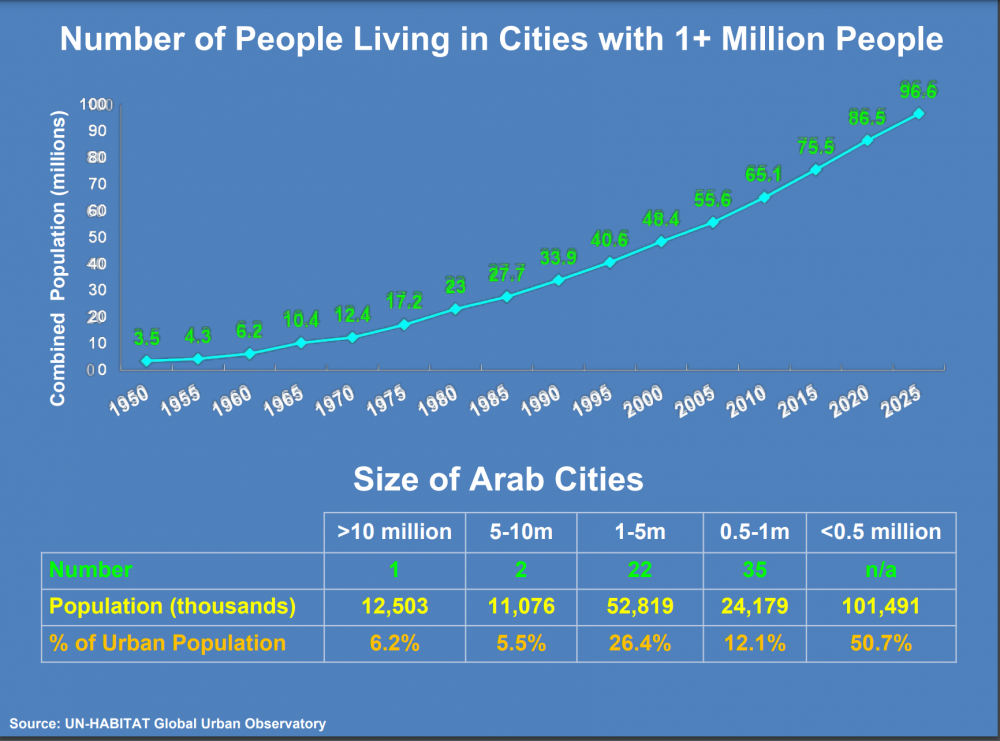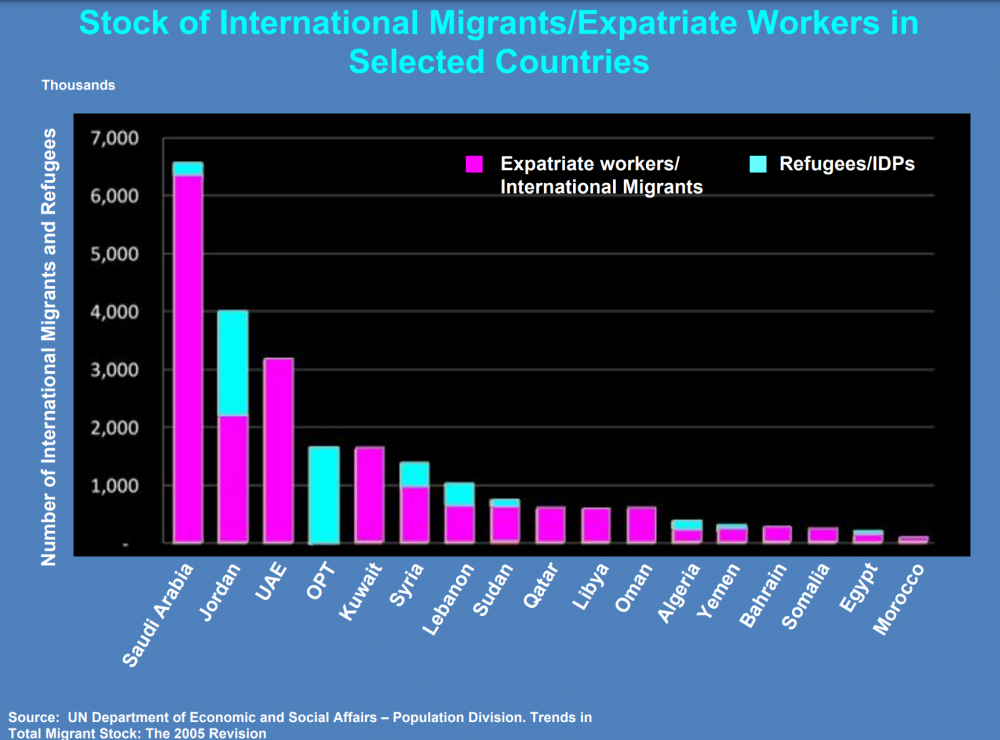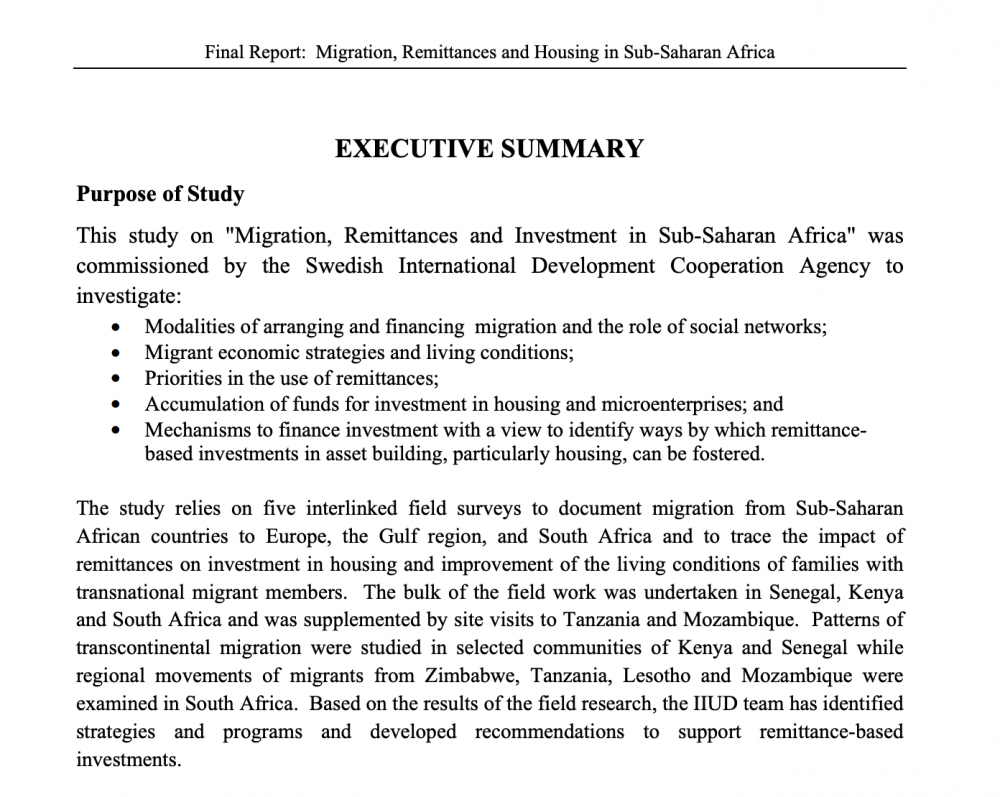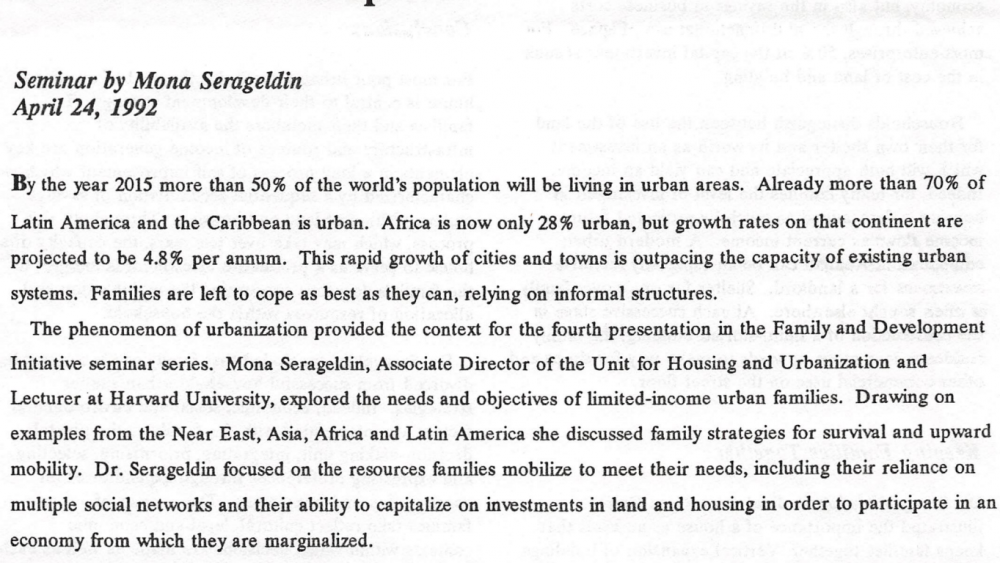[Excerpt: Overview of the Walled City of Lahore, Primary Information Paper, Page 9-14]
“The Walled City of Lahore, one square mile (2.5 sq. km) in area, is the oldest and most densely populated quarter of the provincial capital of the Punjab. It acquired some of the greatest monuments of Indian Muslim architecture. The palace-fort complex, the vast badshai mosque, as well as the superbly decorated Wazir Khan mosque, with its attached madrasah, bindery stalls and hammam are among the symbols of the heritage of Pakistan. The domestic architecture is also of value, and numerous dwellings, often with rich hierarchies of space, ranging from large homes to palaces of city notables, especially from the Sikh period, dot much of the area….Numerous shrines, mainly tombs of Muslim saints and sages, within and just outside the walls, entire some venerated regularly, some periodically by thousands of Muslims each year, usually in large processions. In short — with its proud history, varied urban texture, 20 protected national monuments, numerous shrines and other estimated 4,000 buildings of cultural value, the Walled City is one of the richest repositories of the nation’s cultural heritage.”
“The Walled City is an integral and vital component of the metropolitan complex. It provides shelter and employment to more than 8% [circa 1988] of Lahore’s population, and contributes about 8% of the revenues collected through property tax, and about 13% of the octroi (trade tax) revenues….”
“…Yet Lahore has one of the highest densities in the world and represents a major concentration of urban poor in the city as a whole. Population densities are the highest in Lahore, ranging around 1,100 persons per hectare…The man-made mound of the old city provides an unstable base for foundations. This, coupled with a falling water-table, frequent seepage from water mains and age, has weakened many of the buildings structurally and even to the point of danger [of collapse]…Of the 22,500 premises, more than one eighth lie vacant where houses have collapsed and not been rebuilt, and more than every twelve is structurally dangerous. Less than 18% of the buildings have been constructed since partition (1947).”
“As a result about one third of the population now live in dilapidated buildings and most dwellings are overcrowded, with nearly seven persons per household….The structures, mainly of burnt brick walls and timber floors and balconies, are densely packed into tiny plots of 42 to 62 sq. m each, rising often 3 or 4 stories. More than half the premises are occupied by single households, about a quarters contain two households each, while the remainder house three or more.”
“Recent Trends – Upgrading and Affordability: Owing to the constraints of cost and logistics, increasing attention has been given to in-situ slum upgrading. A prime component of this approach is legalization (through leases) and upgrading of squatter settlements. The Government has also begun to consider the need to reduce land development standards. This is critical to increasing the affordable housing stock, as well as to encouraging conformity of the “informal” building sector with new standards.”








